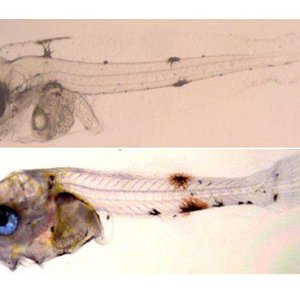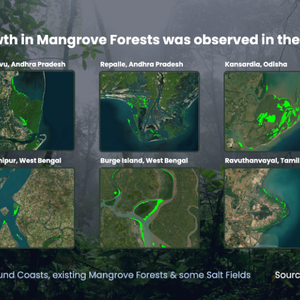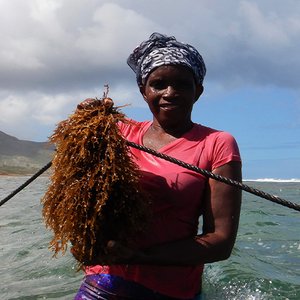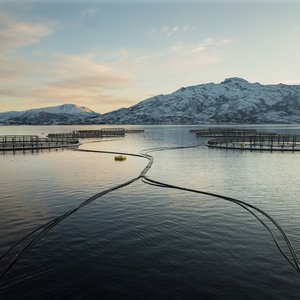Introduction
Sandfish is arguably the most commercially valuable of the tropical species of sea cucumber that are processed into bêche-de-mer. It is widely distributed throughout the Indo-Pacific, occurring in shallow inshore areas where it is easily accessible to coastal fishers. A-grade bêche-de-mer processed from sandfish commands some of the highest prices on the international market. But these same attributes also make it vulnerable to overexploitation. Sadly, this has happened in most places where it occurs. While sandfish was an important component of bêche-de-mer fisheries 20 to 30 years ago, its contribution to bêche-de-mer exports is now relatively small, even trivial.
Not surprisingly, there is widespread interest in restoring the production of sandfish, especially where it promises to deliver benefits to coastal fishing communities with few other options for earning livelihoods. Although improved management of capture fisheries, through measures designed to safeguard the remnant spawning adults, will always be key to restoring production, aquaculture has the potential to help restore production of this valuable species in three ways:
-through production and release of cultured juveniles in restocking programmes to increase the number of spawners, but only where such releases are predicted to add value to other forms of management;
-through ‘put and take’ sea ranching operations, where cultured juveniles are placed in the wild to be regathered at a larger size with no intention of allowing them to spawn;
-through farming cultured juveniles in earthen ponds and sea pens.
This manual is designed to help government agencies and members of the private sector interested in implementing any of these ways of increasing production of sandfish by outlining the basic methods for spawning and rearing juvenile sandfish. It builds on the pioneering work done in 1988 at the Tuticorin Research Centre of CMFRI (Central Marine Fisheries Research Institute) in India and is based largely on methods developed and applied by the WorldFish Center (formerly ICLARM) in Solomon Islands, Vietnam and New Caledonia.
The information in the manual will enable hatcheries to produce sandfish suitable for release in the wild in relatively large numbers (tens of thousands) regularly. However, it does not pretend to be fully comprehensive. Rather, it is a reflection of current knowledge. We hope that it will soon be made out of date by those of you who apply and improve the methods described here.
Author
Natacha Agudo
Publication
© Copyright Australian Centre for International Agricultural Research (ACIAR), the Secretariat of the Pacific Community (SPC) and the WorldFish Center, 2006.
Click link below to download PDF.







